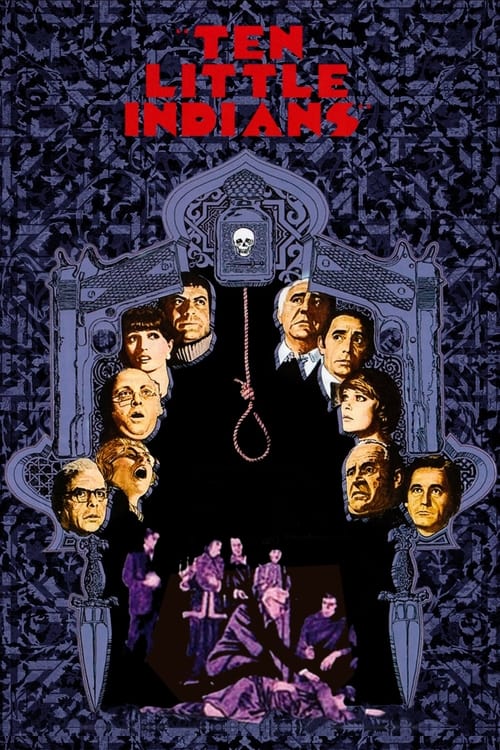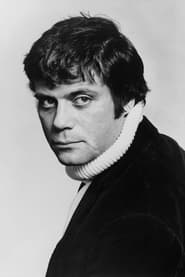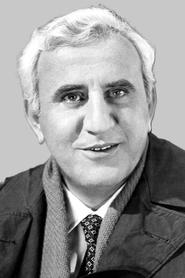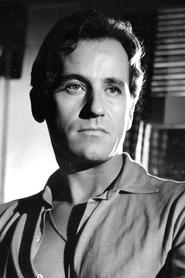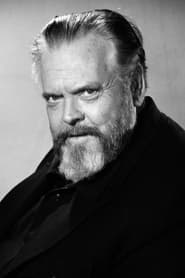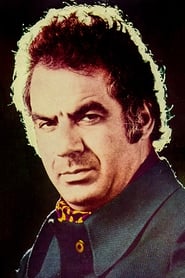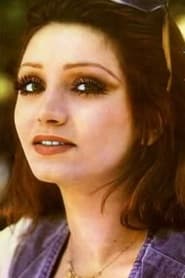Cast
View AllOliver Reed
as Hugh Lombard
Elke Sommer
as Vera Clyde
Richard Attenborough
as Judge Arthur Cannon
Stéphane Audran
as Ilona Morgan
Gert Fröbe
as Wilhelm Blore
Herbert Lom
as Dr. Edward Armstrong
Maria Rohm
as Elsa Martino
Adolfo Celi
as General André Salvé
Alberto de Mendoza
as Otto Martino
Charles Aznavour
as Michel Raven
Orson Welles
as Voice on Tape
Naser Malek Motiee
as Inspector
Rik Battaglia
as Rick Battaglia/Vendedor
Teresa Gimpera
as Maria
Sepideh
as Inspector's Girlfriend
Crew
Director
- Peter Collinson
Writer
- Erich Kröhnke
- Enrique Llovet
- Harry Alan Towers
Producer
- Harry Alan Towers
- Alain Dahan
Reviews
John Chard
And then they were gone – again!
Ten Little Indians (AKA: And Then There Were None) is directed by Peter Collinson and adapted to screenplay by Peter Wellbeck (AKA: Harry Alan Towers) from the Agatha Christie novel. It stars Charles Aznavour, Stephane Audran, Elke Sommer, Gert Frobe, Herbert Lom, Oliver Reed and Richard Attenborough. Music is by Bruno Nicolai and cinematography by Fernando Arribas.
Agatha Christie’s famous novel gets another make-over, this time the action is located at a near empty hotel in the Iranian desert. Premise is exactly the same as the 1965 version, 10 people gather at the location on the request of the mysterious U.N. Owen (here voiced by Orson Welles), who via a tape recorded message calls them out for dastardly deeds committed in their respective lives. When they start being killed off one by one it becomes apparent that the price they have to pay for said crimes is death. But who is doing the killing?
Well it’s the first version in colour and it has what can only be described as a pretty formidable cast, yet it’s as bland as bland can be. Especially if you have seen the superior 45 and 65 versions. The murders lack vitality, the cast go through the motions, seemingly just happy to be on location in Iran, while suspense is in very short supply. The only mystery is who is doing the killings? And once revealed at pic’s finale it just isn’t enough to warrant having sat through over an hour and half of mundane scripting and zero chills. 4/10
Jul 7, 2014
CinemaSerf
Despite Peter Collinson having assembled a pretty stellar cast for this adaption of the legendary Agatha Christie's story, the sum of the parts doesn't quite add up. All invited to spend the weekend at a remote island mansion, a group of ostensibly upright citizens are told that by their ethereal host (Orson Welles) that they are unlikely to survive the evening. Oliver Reed, and the triumvirate of off-form Elke Summer, Richard Attenborough and Gert Fröbe all try their best to keep it moving but the dialogue is poor and the pace of the film doesn't ever really work well enough to allow us to invest in the characters enough to care if, or why, they are going get bumped off. Herbert Lom, perhaps, raises the bar a bit but for the most part this is a mediocre remake that nobody really needed. It's fun - in a tacky sort of sense, though, and offers a bit of 1970s cinema nostalgia for big collars, vivid colours and a reminder of what we wanted back then.
May 27, 2023
Thematic Analysis
This Crime/Drama/Mystery/Horror film explores themes of fear and survival, delving into the psychological aspects of human nature when confronted with the unknown. And Then There Were None presents a unique perspective on the horror genre by focusing on the psychological terror rather than relying on typical jump scares.
Director Peter Collinson brings their distinctive visual style to this film, continuing their exploration of themes seen in their previous works while adding new elements. Their approach to character development and emotional depth creates a viewing experience that rewards close attention.
Released in 1974, the film exists within a cultural context that now offers viewers historical perspective on the social issues of that era. Its reception demonstrates the diverse reactions to its artistic choices and its place in cinema history.
Did You Know?
- The production of And Then There Were None took approximately 35 months from pre-production to final cut.
- The final cut of the film runs for 98 minutes, though the director's initial assembly was reportedly 138 minutes long.
- Some visual effects sequences took up to 4 months to complete.
- The screenplay went through 13 major revisions before the final shooting script was approved.
- The film contains approximately 1551 individual shots.
Historical Context
- In 1974, when this film was released:
- Disco music dominated popular culture.
- Economic recession and oil crises were affecting global economies.
- The film industry was dominated by major studios, with independent cinema still in its early development.
How This Film Stands Out
While And Then There Were None shares thematic elements with other films in its genre, it distinguishes itself through its unique approach to storytelling, visual style, and character development.
Unlike King of the Ants, which takes a more conventional approach to its subject matter, And Then There Were None offers a fresh perspective through its innovative visual language and narrative structure.
While films like Piercing and See No Evil explore similar territory, And Then There Were None stands apart through its distinctive directorial vision and pacing.
This film's unique contribution to cinema lies in its thoughtful balance of entertainment value and thematic depth, making it a valuable addition to its genre.
Details
- Release Date: September 24, 1974
- Runtime: 1h 38m


